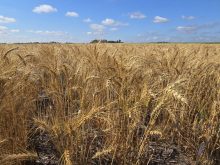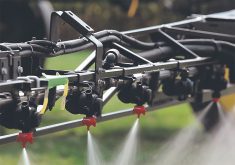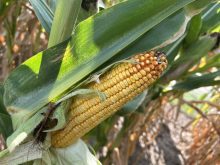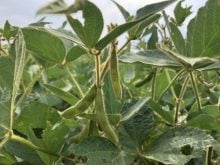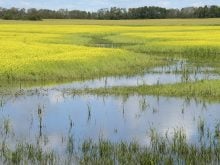The beginning of 2011 is a good time to take a look at last year’s performance and make plans for the coming years.
But how do you get started?
Spend time analyzing financial, production and marketing performance. That involves financial and production ratios and results from the marketplace compared to predetermined targets and costs of production analysis.
Gathering this information is numbers and formula driven and a straight forward exercise.
What’s more difficult is applying the information to the long-term planning process.
Read Also
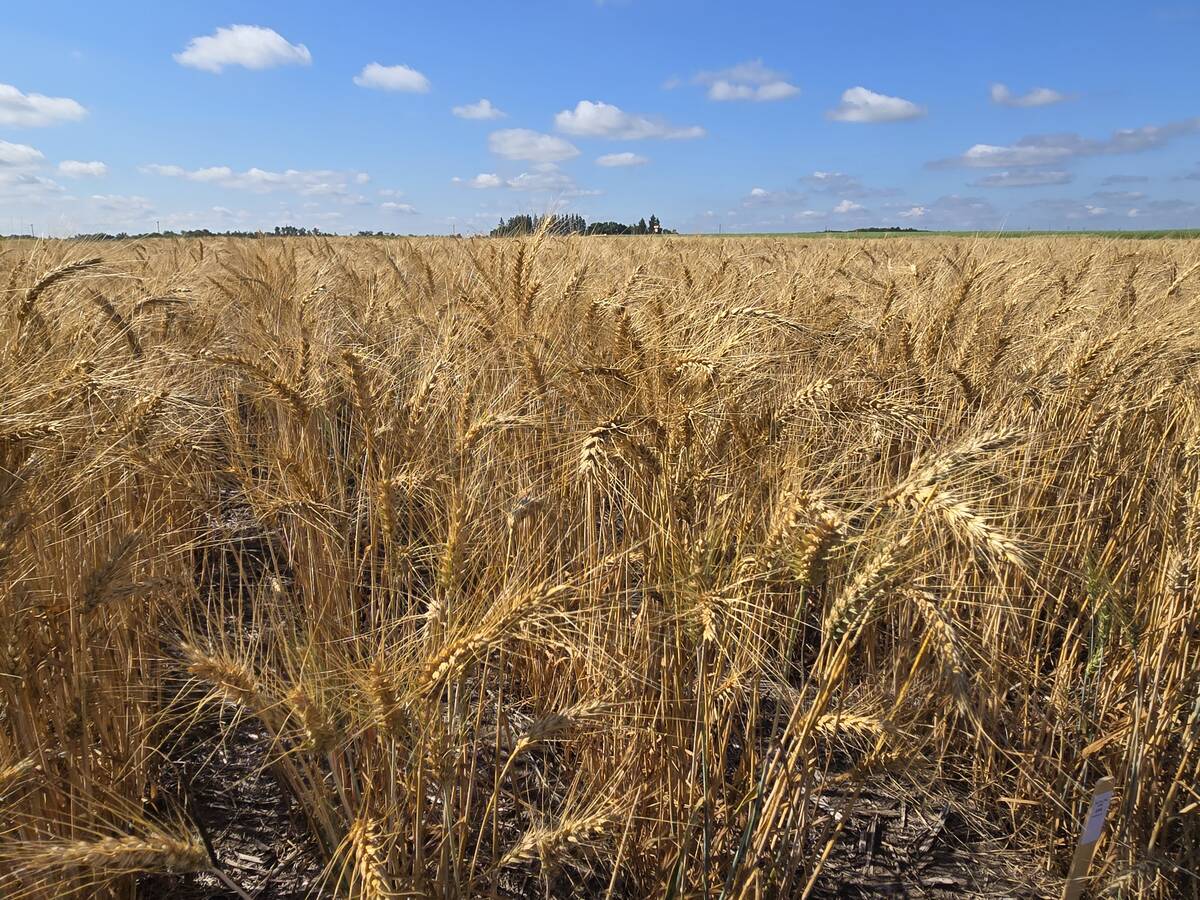
Fall rye hits record high in Manitoba
Winter cereals 2025: More Manitoba fields grew fall rye in 2025 than ever before, but winter wheat slipped and, while spring stand survival was good, drought took its toll
Here are some questions that need to asked to effectively use the historical analysis in planning for the future:
Will your operating loan revolve (be paid to zero) at some point during the year?
If it does, that’s good a good thing because an operating loan is designed to revolve.
If it doesn’t revolve, the farm technically has a non-performing term loan.
For example, if a farmer has an operating loan with an approved upper limit of $300,000 but never gets it below $100,000, the latter is essentially a term loan with no scheduled principal repayment.
This scenario can cause difficulties with cash flow and in some cases hurts a lender relationship.
If you have a non-revolving portion of an operating loan, it is a good idea to look at options for restructuring the farm’s liabilities.
Is your farm profitable?
This is a simple but important question. Take the example of two farms. One makes $100,000 year after year and the other makes $250,000. Which one is more profitable?
At first glance, it would appear to be the latter but not necessarily. Profitability is a function of equity.
Understanding profitability is important if planning for the future includes additional investment.
Would you invest in your business if it reported chronically low profitability? Would you buy more equipment or expand the productive base?
Perhaps, but before doing so, you should determine why the profitability is chronically low and what can be done to improve the performance.
In some instances, it may not justify further investment until the problems are corrected.
If your operation has multiple enterprises, can you identify the profit contribution from each one?
In multiple enterprise farms, one enterprise can make a strong positive contribution to overall profit while another loses money. The net effect is modest or unacceptable farm profit.
A farmer might have reasons to continue an enterprise with a poor contribution, but too often the manager does not make the calculation needed to understand the situation.
How do you make capital investment decisions?
Most farmers will include financial capability, availability or opportunity in their decision making, but another two factors to include are return on investment and risk. These factors don’t necessarily mean that you won’t make the investment, but they provide more context and information.
These questions are specific to financial performance, but there are also strategic questions that need to be asked.
What is the most significant change you expect in agriculture?
What innovation do you expect to implement and at what cost?
What are the three biggest risks you will face?
The answers are quantified in financial performance over time. Producers should assume a five-year timeline and think about how the answers will affect their farms.
There are no right or wrong answers to these questions, but they are important and must be asked annually and the discussion recorded for future reference. The opinions and discussion should be factored into future-based planning, whether it is long term or short term.
Terry Betker is a farm management consultant based in Winnipeg, Manitoba. He can be reached at 204.782.8200 or terry. betker@backswath.com.
———
Credit for Farmers andAgricultural Co-operatives
Supportingtherenewaloftheagriculturalsectorand enablingco-operativestobetterseizemarketopportunities
TheCanadian Agricultural Loans Act(CALA) program is a financial loan guarantee program that gives farmers easier access to credit. Farmers, including beginning farmers, can use these loans to establish, improve, and develop farms. Agricultural co-operatives may also access loans to process, distribute, or market the products of farming.
CALA features:
Up to $500,000 in loans for land and buildings Up to $350,000 for all other loan purposes
Eligible applicants include: s Established farmers
s Beginning/start-up farmers (i. e. less than 6 years of farming) s Farmers taking over the family farm
s Agricultural co-operatives with a majority (50% + 1) farmer membership
For more information: Contactyour financial institution Call1-888-346-2511 Visit www.agr.gc.ca/cala


